- 90 Posts
- 70 Comments

 2·1 month ago
2·1 month agoThat’s actually not the full quote. The full quote show he was not talking about any of those issues at all. He was concerned with the allies being “liberal” and “communist”
It dawned on me today… The bad guys won in WWII. There were no “good guys” in that war. The controlling interests had a jump ball. If you look closely, you see the link between liberalism and communism in the Allied forces. Remember what Gen. Patton said and why they capped him.

 69·2 months ago
69·2 months agoThey are actually stating that back up again

 0·3 months ago
0·3 months agoThe X service remains available to the people of Brazil, billionaire Elon Musk’s platform said on Saturday.
Wait so what do they mean by stopping operations in Brazil then? Just the offices and staff? The article isn’t super clear on it

 01·4 months ago
01·4 months agoThere are perceptional reasons why it may feel like milk worked better such as it being cooled vs using room temperature water. Or from being the second thing used. Or from various different factors
But the research above suggests it doesn’t do as much as people think it does
The infection risks are not the same. Milk has stuff in it that microbes like for growing where water doesn’t have nearly all that. Other stuff can enter inside. The eye infection pathway is concerning especially right now when bird flu seems to enter that way and is in large quatities of dairy milk. Not all pasturization methods are certain to actually remove it (i.e flash pasturization might not)
Edit: A minor point to clarify, capsaicin is in pepper spray but not tear gas. They often do get conflated but they are different

 01·5 months ago
01·5 months agoThat’s what people claim, but the research on it suggests it does not do any better for tear gas or pepper spray. Here’s one study looking at pepper spray for instance:
In this study, there was no significant difference in pain relief provided by five different treatment regimens. [Water vs milk vs 3 other solutions] Time after exposure appeared to be the best predictor for decrease in pain.
https://pubmed.ncbi.nlm.nih.gov/18924005/
EDIT: Also worth noting that in terms of infection risk, bird flu is now in a large number of dairy samples and it appears like it transmit to humans through the eyes in particular (or at least be one of its transmission pathways).
The workers were most likely exposed to the virus in contaminated milk—by getting it on their hands and then touching their eyes
https://www.scientificamerican.com/article/why-bird-flu-is-causing-eye-infections-in-dairy-workers/
Some types of pasteurization (flash pasteurization) might not fully get rid of all of the virus. So for even just bird flu alone, its likely more of a risk than it probably was in the past

 01·5 months ago
01·5 months agoFrom what I’ve been told, it takes large amounts of any fluid to get it to go away. One difference you may have observed with milk was that it was cooled vs room temperature water. Cooled water can have similar effects compared to cool milk
Or the time factor itself since it was the second thing used

 01·5 months ago
01·5 months agoDon’t use dairy milk for tear gas. Comes with infection risks. Water or saline is generally recommended instead. Plant-milks might be ok (but I’m not 100% sure)
That means bacteria can contaminate the milk and potentially cause infection if applied to eyes or skin wounds. Jordt says it’s better to use water or saline solutions to wash out eyes after a tear-gas attack.
EDIT: accidentally pasted the wrong link earlier somehow, fixed now

 4·5 months ago
4·5 months agoHowever it’s often used in the context of already existing systematic issues. The bunch has already spoiled

 304·5 months ago
304·5 months agoQuite a range of things. It’s so many It’s hard to list them all. Some of these are more global than others:
Eyestalk ablation is the removal of one (unilateral) or both (bilateral) eyestalks from a crustacean. It is routinely practiced on female shrimps (or female prawns) in almost every marine shrimp maturation or reproduction facility in the world, both research and commercial.
https://en.wikipedia.org/wiki/Eyestalk_ablation
Chick culling or unwanted chick killing is the process of separating and killing unwanted (male and unhealthy female) chicks for which the intensive animal farming industry has no use. It occurs in all industrialised egg production, whether free range, organic, or battery cage.
https://en.wikipedia.org/wiki/Chick_culling
A gestation crate, also known as a sow stall, is a metal enclosure in which a farmed sow used for breeding may be kept during pregnancy.[1][2][3] A standard crate measures 6.6 ft x 2.0 ft (2 m x 60 cm).[4][5]
[…]
There were 5.36 million breeding sows in the United States as of 2016, out of a total of 50.1 million pigs.[8] Most pregnant sows in the US are kept in gestation crates.
https://en.wikipedia.org/wiki/Gestation_crate
Ventilation shutdown (VSD) is a means to kill livestock by suffocation and heat stroke in which airways to the building in which the livestock are kept are cut off. It is used for mass killing — usually to prevent the spread of diseases such as avian influenza. Animal rights organizations have called the practice unethical.

 153·5 months ago
153·5 months agoMarium webster has a good article about the history of the misappropriation of the phrase
https://www.merriam-webster.com/wordplay/one-bad-apple-spoil-the-barrel-metaphor-phrase
It seems I shitposted too close to the shit
From global estimates
It’s estimated that three-quarters – 74% – of land livestock are factory-farmed
[…]
Combine land animals and fish, and the final estimate comes to 94% of livestock living on factory farms.
https://ourworldindata.org/how-many-animals-are-factory-farmed
In the mean time, there’s plenty of plant-based meats along with plant-based dishes and the like. If we only wait for cultured meat, harm will continue to be done
Was thinking more about cameras from journalists or other organizations
Their ads usually don’t show them inside even when they live there
Bringing up a Tyson competitor, the farm manager wonders how other poultry companies handle supposedly free-range-raised chickens. The short answer: They don’t, really.
“Those birds don’t go outside — you know that,” the technician replies. “They don’t all go out … Look that up online.”
The manager chimes in: “It’s not like they make it like all of ’em come out and enjoy the sun.”
“That is strictly for commercial [advertising] purposes,” the technician says. “They pick the prettiest birds [for commercials] and they toss ’em out in the grass.”

 0·5 months ago
0·5 months agoThe method of mass killing are quite brutal too. In the last outbreaks, primarily these were the two primary methods:
Ventilation shutdown (VSD) is a means to kill livestock by suffocation and heat stroke in which airways to the building in which the livestock are kept are cut off. It is used for mass killing — usually to prevent the spread of diseases such as avian influenza. Animal rights organizations have called the practice unethical. The addition of carbon dioxide or additional heat to the enclosure is known as ventilation shutdown plus (VSD+).[1][2][3][4][5]
https://en.wikipedia.org/wiki/Ventilation_shutdown
Foam depopulation or foaming is a means of mass killing farm animals by spraying foam over a large area to obstruct breathing and ultimately cause suffocation.[1] It is usually used to attempt to stop disease spread.[2] Foaming has also been used to kill farm animals after backlogs in slaughtering occurred during the COVID-19 pandemic.[3] Foam depopulation has been used on poultry and pigs and has seen initial research for use on cattle.[4] It has faced criticism from some groups. Some veterinarians have called it inhumane,[5] along with many animal rights and animal welfare organizations who cite the pain caused by suffocation or the harm experienced by the stray survivors.[6][7]

 393·5 months ago
393·5 months agoWow, I’m honored to have shitposted that hard. Needed those words of motivation

 11·5 months ago
11·5 months agoA good place to start is by changing consumption levels as not doing doing so would make things much harder. It’d be difficult to maintain current consumption levels with slow-growing birds as it’d require a much larger number of chickens to be slaughtered
Maintaining this level of consumption entirely with a slower-growing breed would require a 44.6%–86.8% larger population of chickens and a 19.2%–27.2% higher annual slaughter rate, relative to the current demographics of primarily ‘Ross 308’ chickens that are slaughtered at a rate of 9.25 billion per year.
[…]
In sum, without a drastic reduction in consumption, switching to alternative breeds will lead to a substantial increase in the number of individuals killed each year, an untenable increase in land use, and a possible decrease in aggregate chicken welfare at the country-level scale
https://royalsocietypublishing.org/doi/full/10.1098/rsos.210478#d1e265

 111·5 months ago
111·5 months agoThe places one get chickens from are likely going to be the same or similar to the common commercial breeds.
It’s also worth noting that domesticated breeds of egg-laying chickens haven’t been spared either :( They have been selected to lay so many eggs that it harms their bone health. It takes a lot of calcium to make eggs, so naturally they don’t lay them as much. In the wild, they would also often eat their own unfertilized eggs to recover the calcium too. I’ve read that a fair number of animal sanctuaries actually give them medications to lower their rate of egg laying and let them eat their own eggs to recover that calcium
Hens will often lay around 300 eggs per year. That’s very different from the wild ancestor of modern chickens – the red junglefowl – which lays around a dozen per year. And much higher than in 1900, when commercial hens would lay around 80 eggs yearly



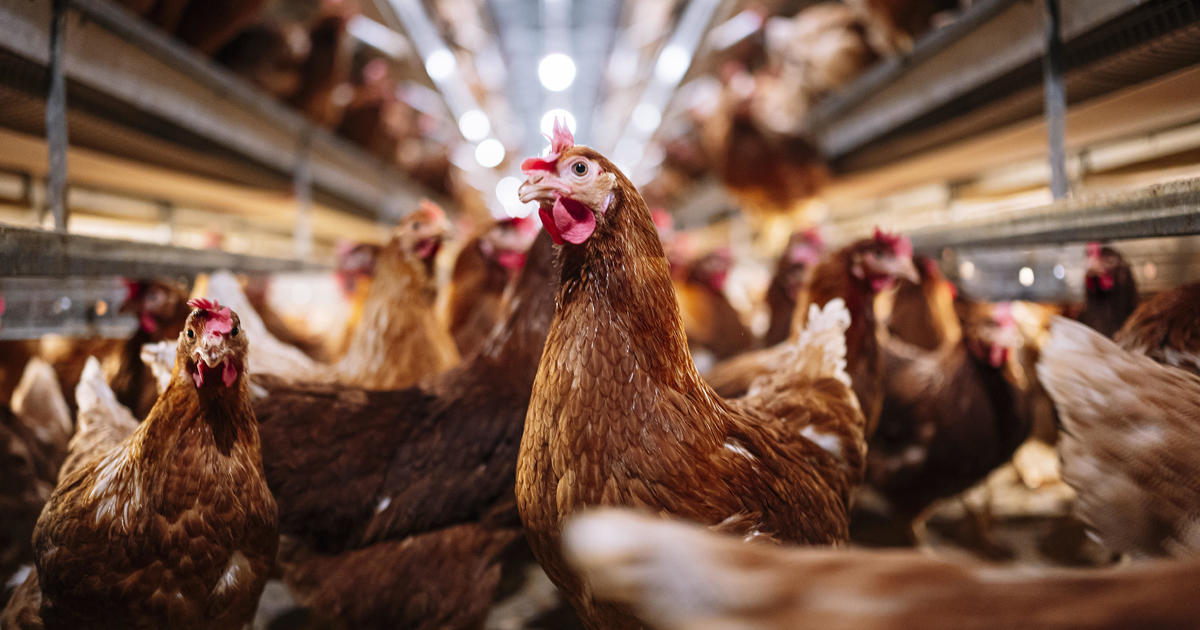
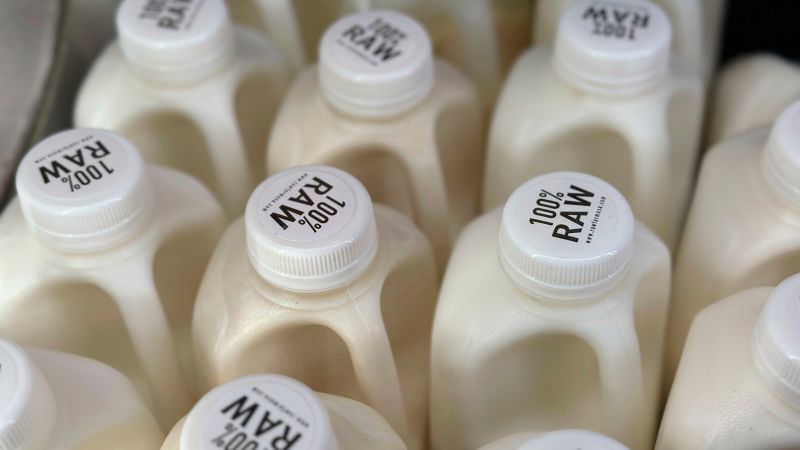
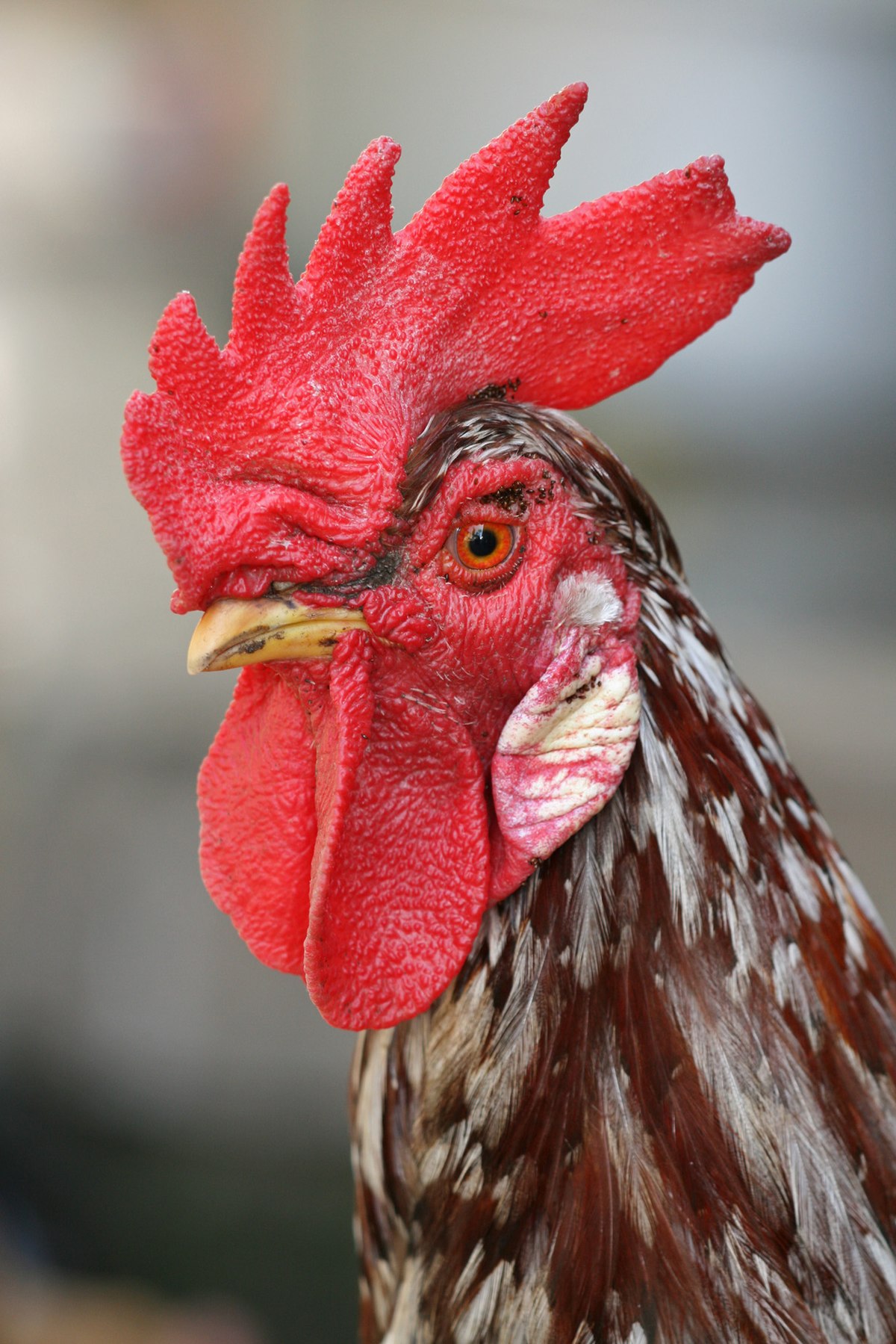


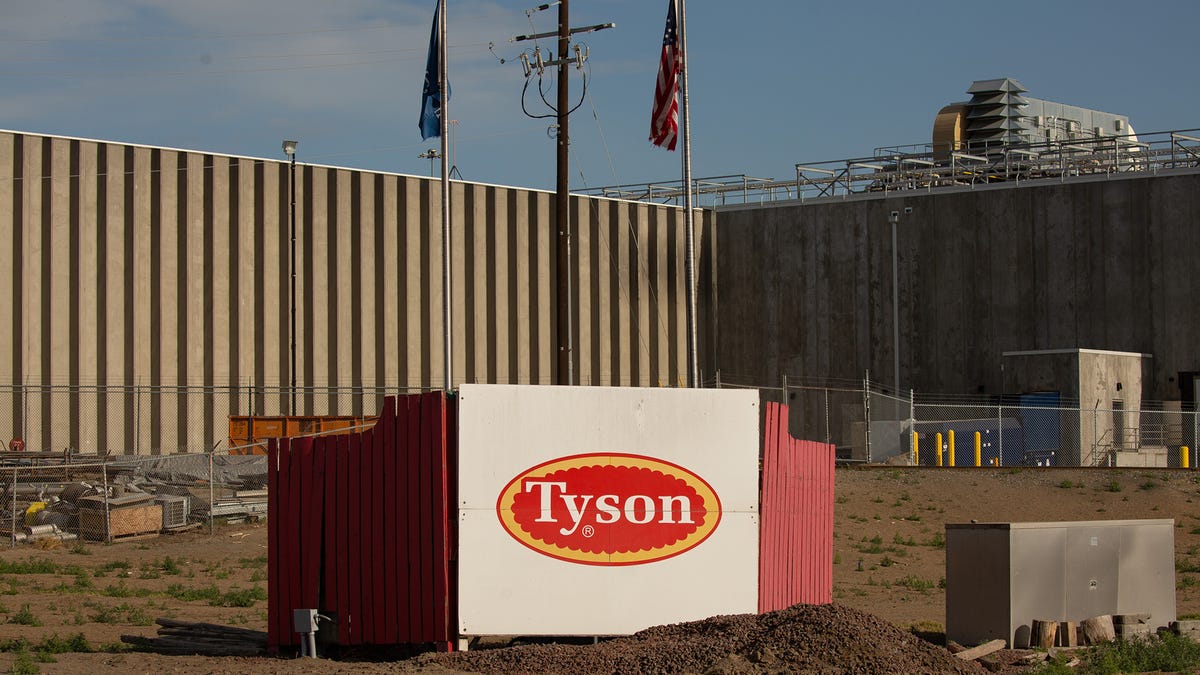

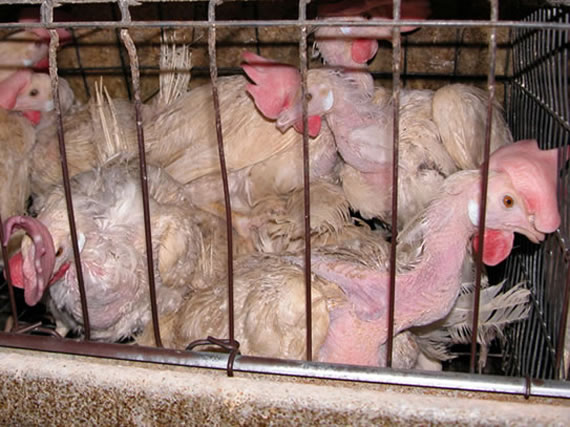
Puerto Ricans also move. Plenty in swing states + places with competitive down-ballot races. Republicans are already trying to back track on this, they think it hurts them
Peurto Ricans by state